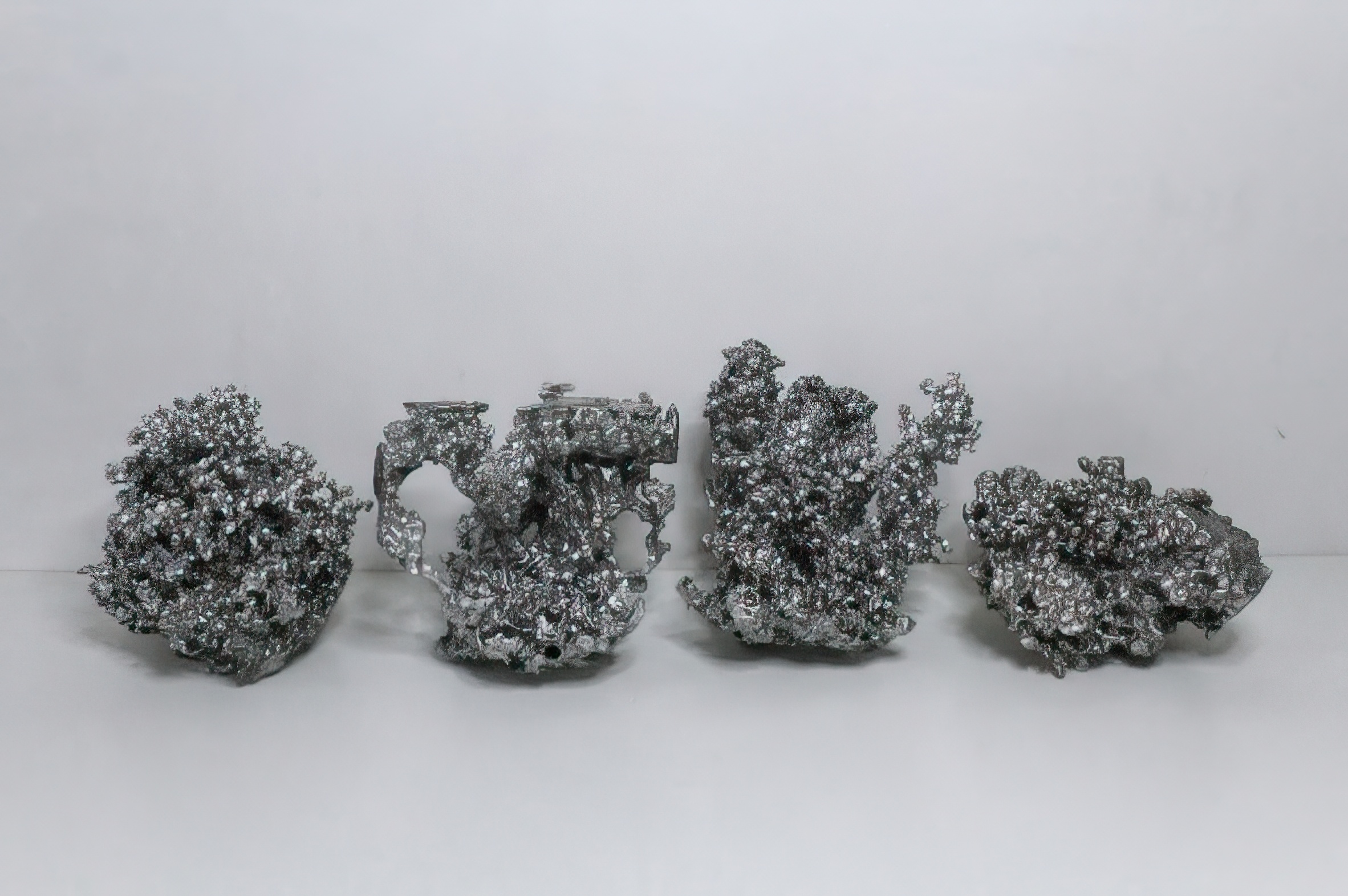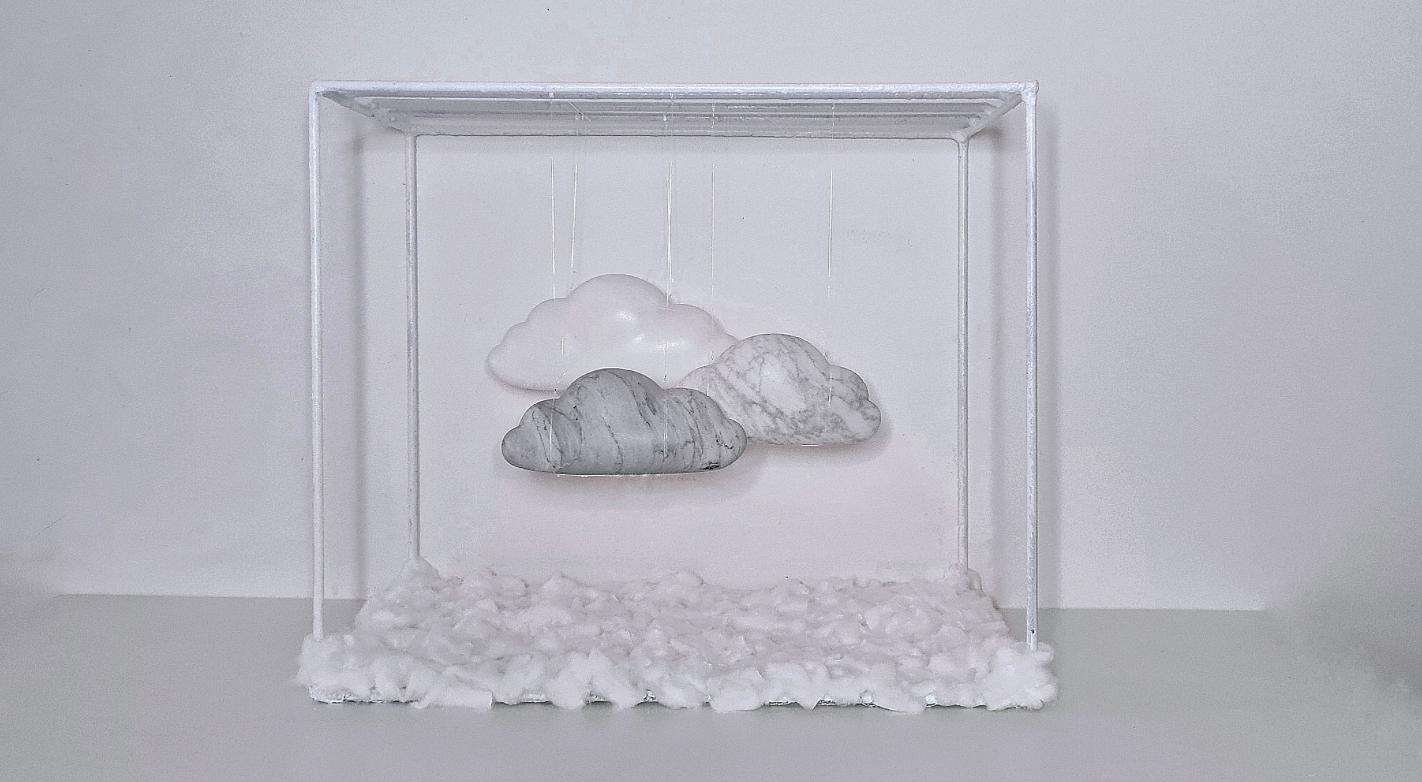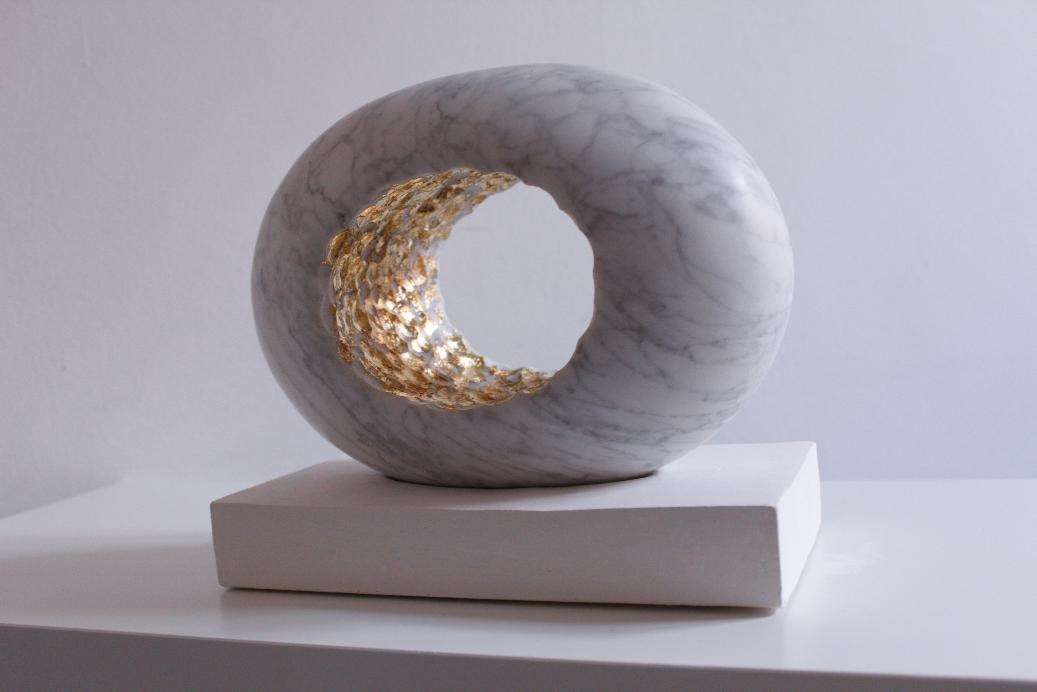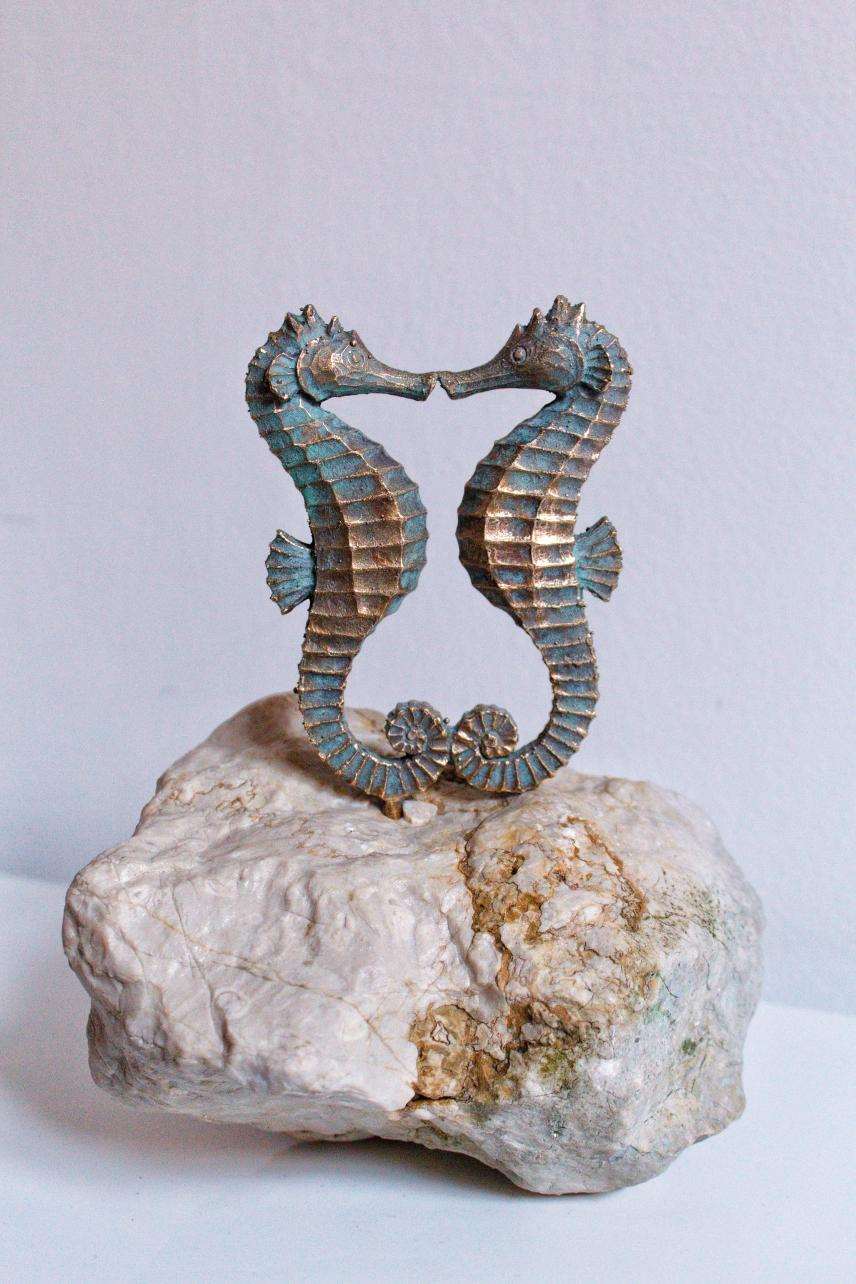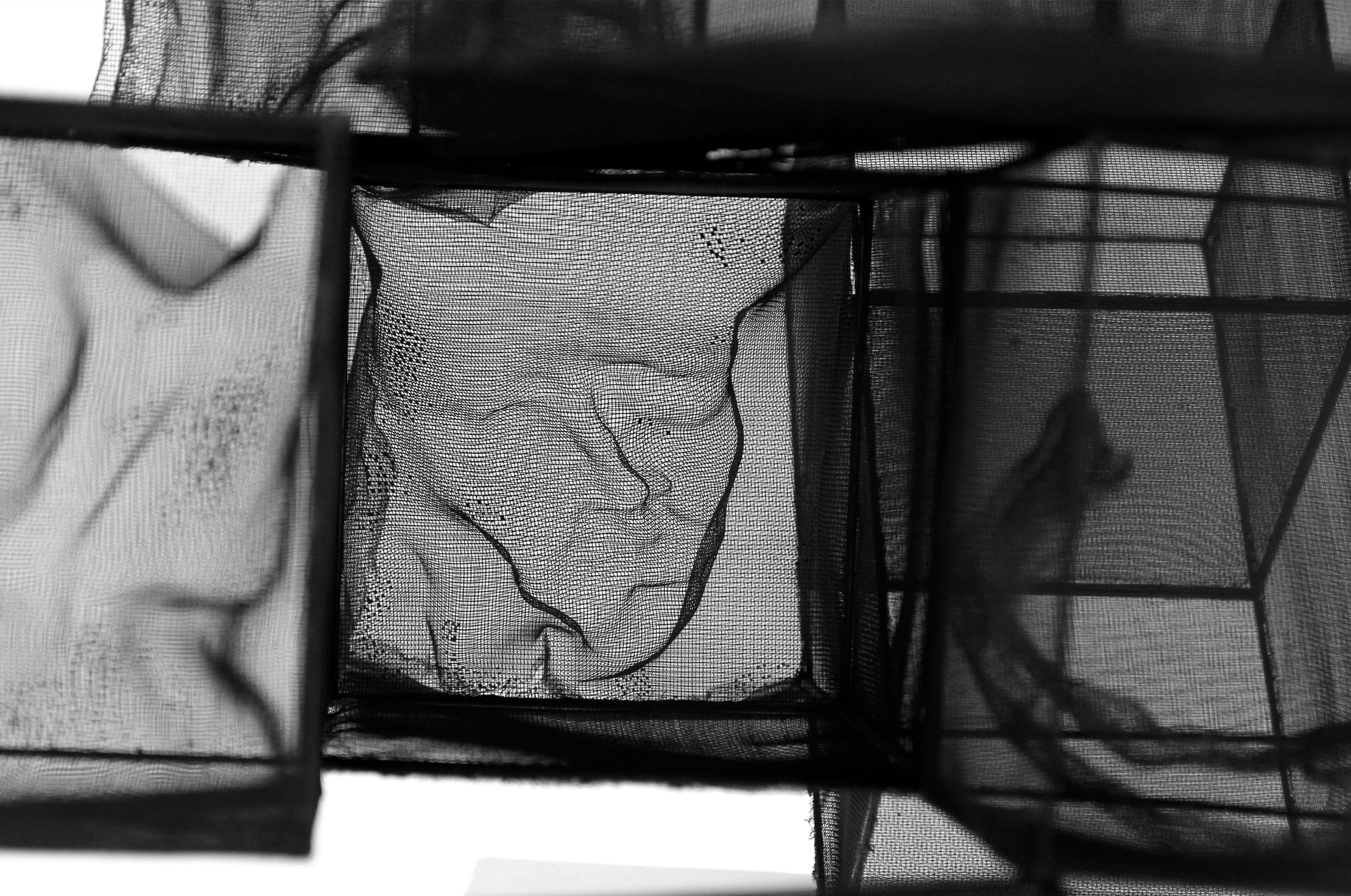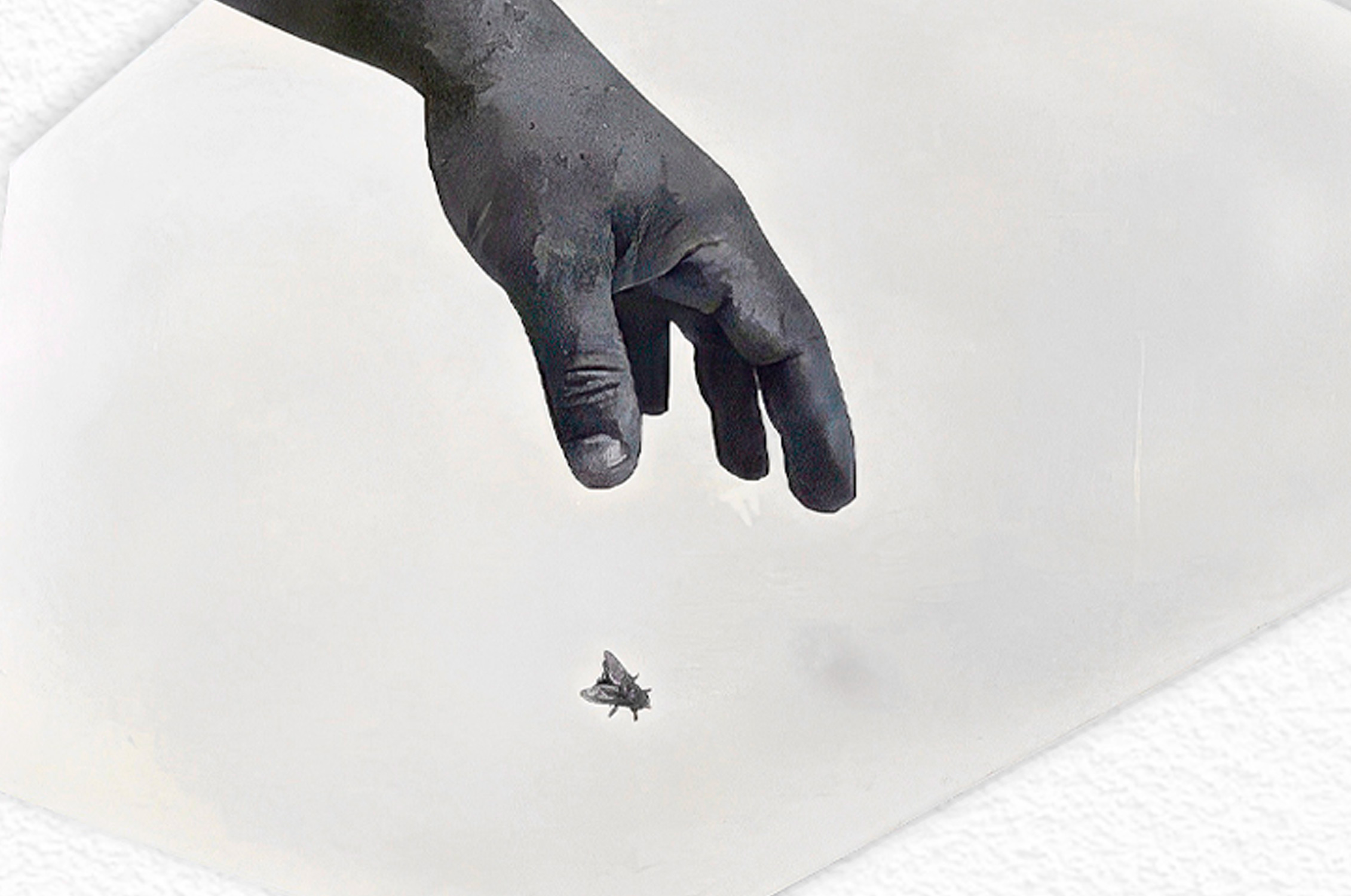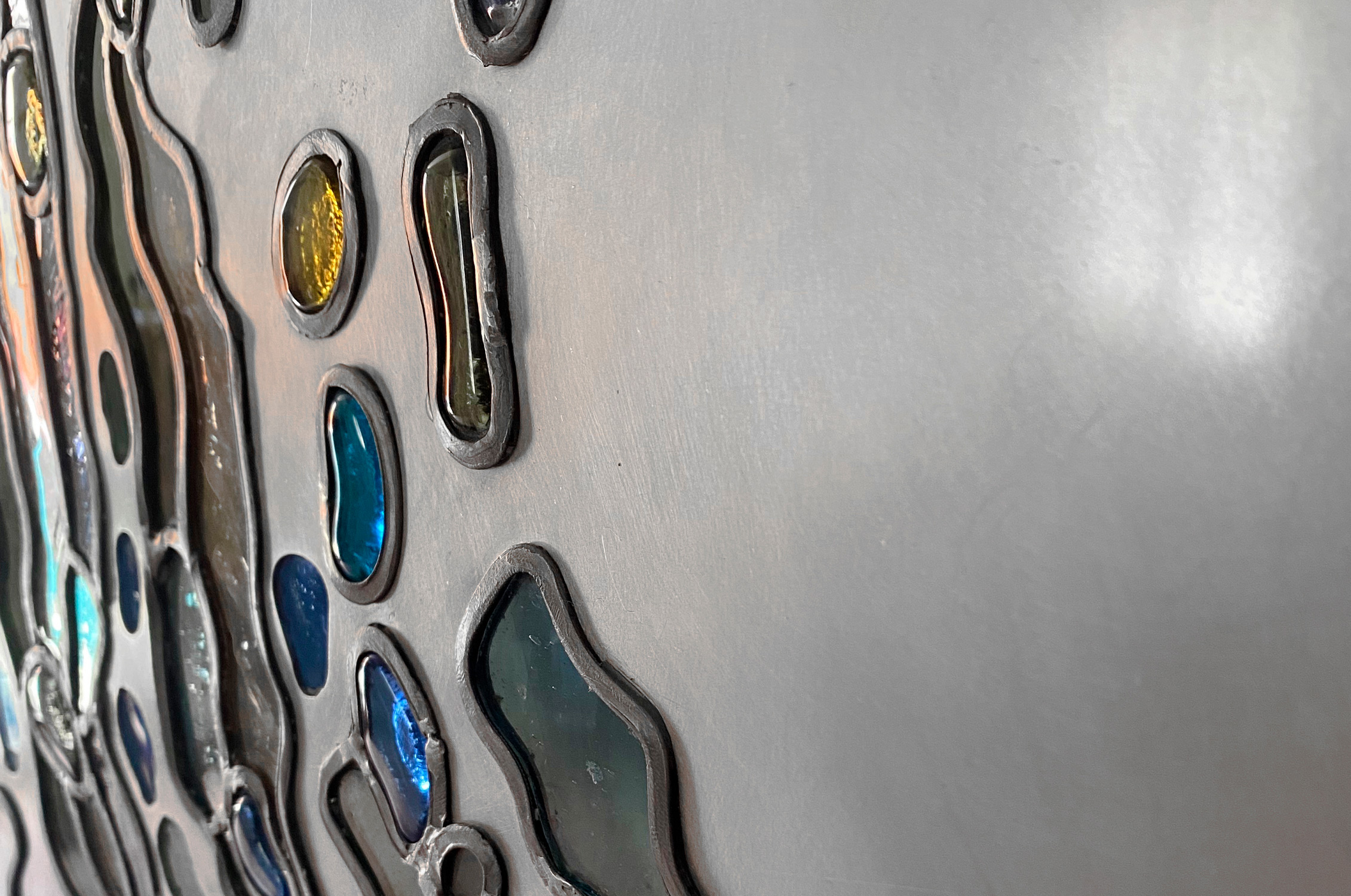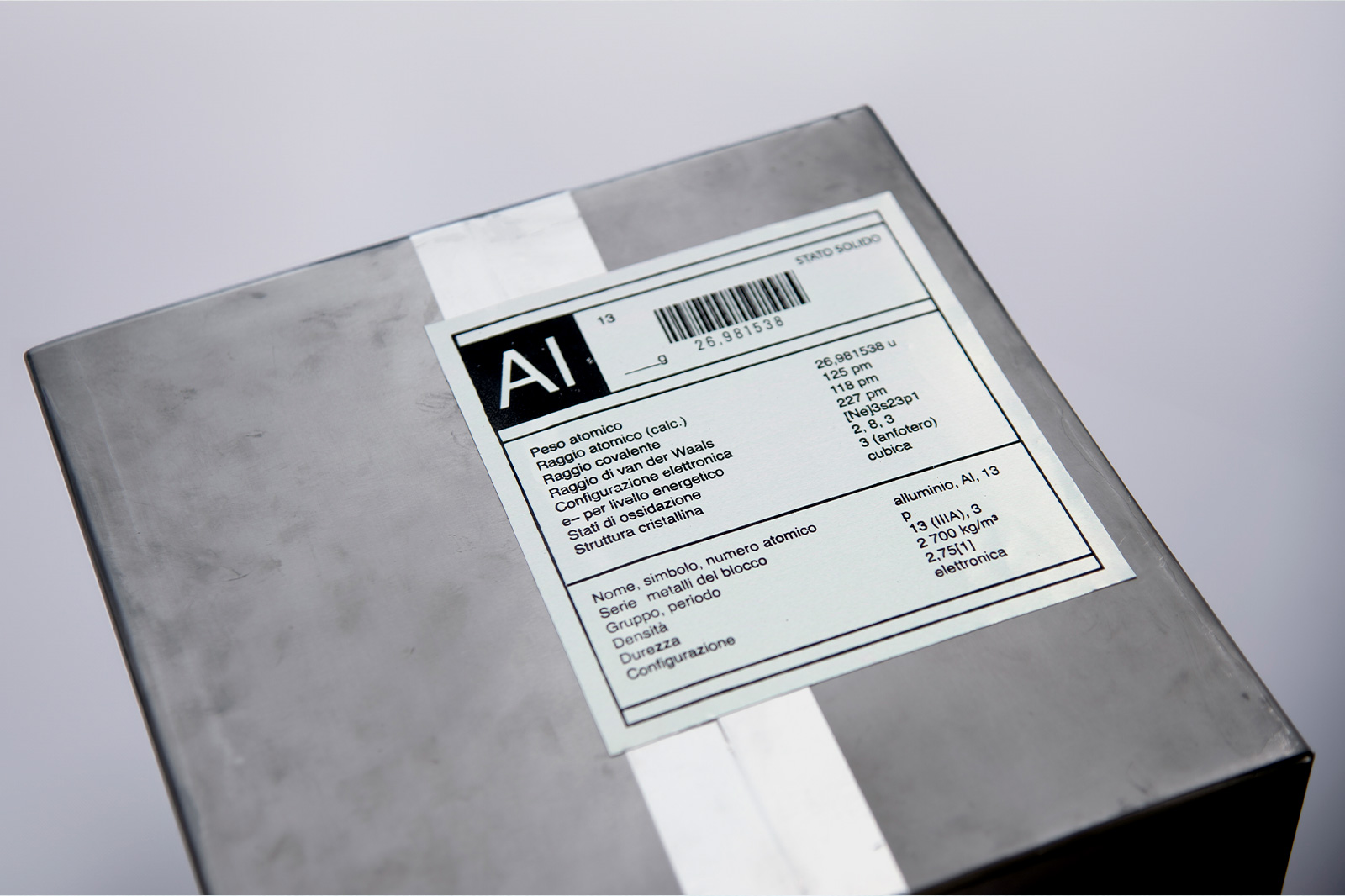COMEL AWARD FINALISTS 2022
Interview with Chiara Marchesi
by Ilaria Ferri
She was born in 1996 in Lodi, she graduated from the high school “F. Arcangeli” in Bologna specializing in figurative arts. She attended the Academy of Fine Arts of Bologna for the Sculpture address. The research explored in her works sees the study on human frailties; the problems, the insecurities, the sensitive aspects that characterize the human being and their relationship with nature; full of contrasts, in the constant search for a balance, derived from the need for greater contact, with the awareness of being part of it. Nature is seen as help, solution, and mother of everything in which to find oneself. Nature as a spiritual element.
Your work Coralli was selected from hundreds of entries as one of the 13 finalists in the ninth edition of the COMEL Award, Endless Aluminium. Thanks to a beautiful fusion of industrial production waste, you have created aluminium corals, an installation that is striking for its craftsmanship but above all for its emotional side: by recycling the material, you have made an endangered marine species immortal (hence infinite). How did the idea come about? What was it like for you to take part in this competition?
It was nice to see the affection and care with which the award was organized every person I came into contact with was kind and helpful right from the start. At the opening of the exhibition, it was exciting to see both the works on display and the people there, with interested and very curious faces.
Coralli, 2021, aluminium casting
Stones and metals are your favorite materials, despite your young age and ongoing studies, your ability to work with them is noticeable. How did your passion for sculpture come about? When did you realize it was the language that best suited you?
Ever since I was a little girl, I’ve always made all kinds of handicrafts; from drawings with different tracers and media, to little dolls made with recycled straws and tape, to small sculptures made by compacting snow. For a while I approached painting, but although I find it relaxing I feel I can’t fully express myself, as if relying only on it limits me. Basically I think I always knew that, but definitely in high school thanks to a teacher of mine I realized that I could rely on sculpture to express myself, heal myself, take refuge and communicate.
Breathe, 2022, Carrara marble, painted iron structure, nylon thread
Since 1994, you have been a member of the Artemisia Association. This all-female art group proposes the idea of Art as a confrontation with the other: the five women artists who are members of the group each deal with the same subject in their own way, according to their own way of feeling and expressing themselves. What does it mean to you to be part of this group?
Being part of the Artemisia group is a stimulus for creativity to look for new things and ideas and always try to do the best. We have a shared vision of Art and regard it with seriousness, professionalism, and humility. We all came out of the same atelier. We want to convey the love of Art and the diversity that each human being possesses. Artemisia, for me, is Art.
Alyssum, valore oltre la bellezza – Inside, 2022 – Carrara marble and gold leaf
In the work Breath you make little stone clouds, in the work The Lovers reflecting on violence and discrimination you make two affectionate seahorses, your ideas seem to move smoothly between opposites, in a positive and optimistic momentum, as if yours was a desire to comfort, to give hope through Art. For you, is Art a way to build a dialogue with the viewer and leave them with a very specific message, or does it simply allow you to understand and then express yourself?
I have always been told that I am a bit in “my world.” I from this “world” have to relate to, understand the external one, communicate and explain and understand my own, this is what art does for me; it is a way of understanding, healing and expressing myself in relation to the external world, also trying to transfer thoughts, messages and feelings.
The Lovers, 2022, Patinated bronze and Verona stone
You claim to explore, through Art, the fragilities and the most sensitive aspects of the Human Being. In fact, in several of your works we see your reflection on pain, on the search for Beauty. This spiritual dimension of your artistic journey finds its balance in Nature. Nature is a fundamental element of your works; it is what always surrounds the subjects of your works (even the installation Plastic 57 implies the existence of a soil that is suffocated by waste and the human being steps on everything). What does Nature mean to you?
Nature is everything, it is harmony and balance; we human beings are part of it, although many times we do not know how to understand and respect it. The contact with it for me is a shelter, it is breathing, it is family.

